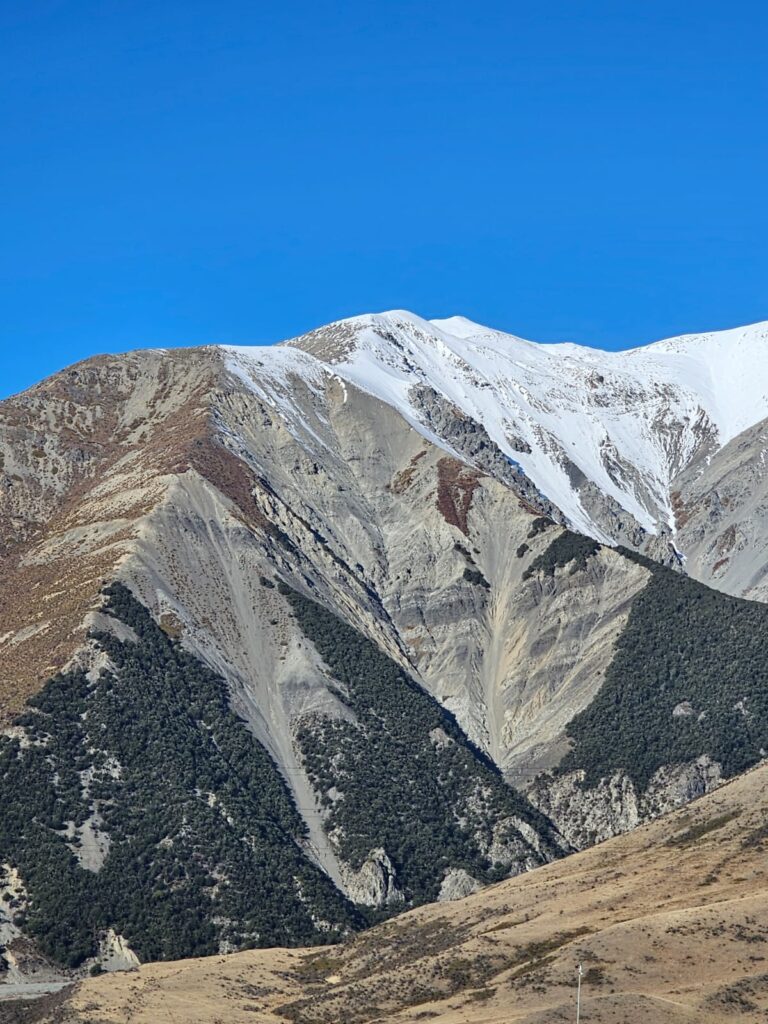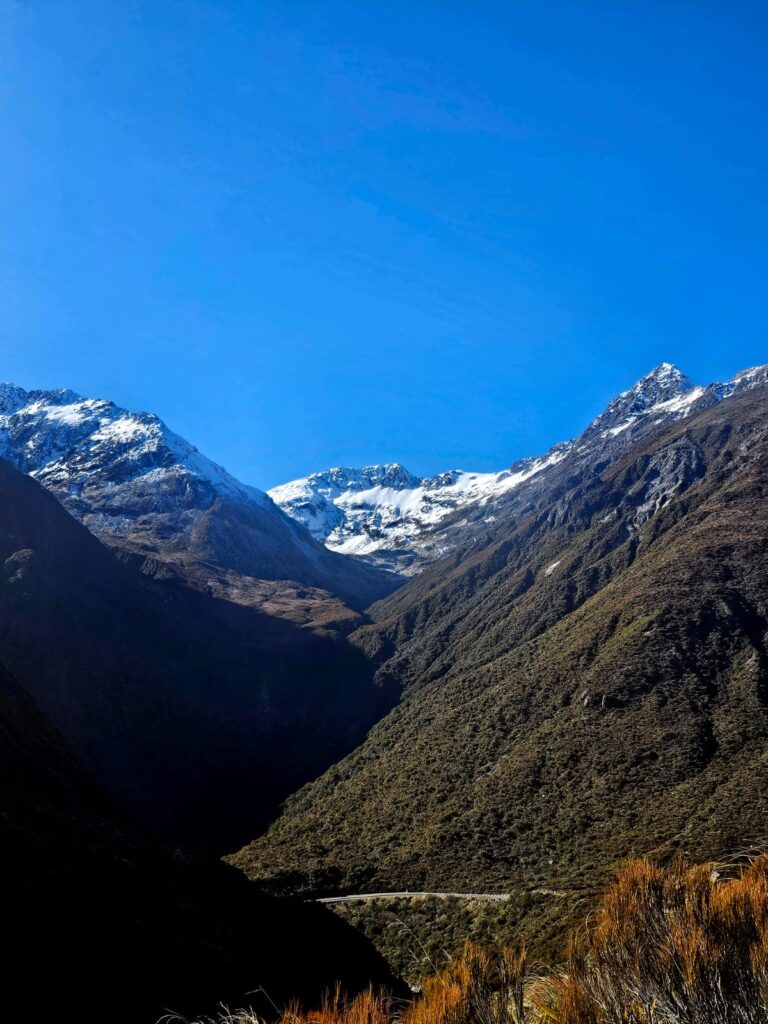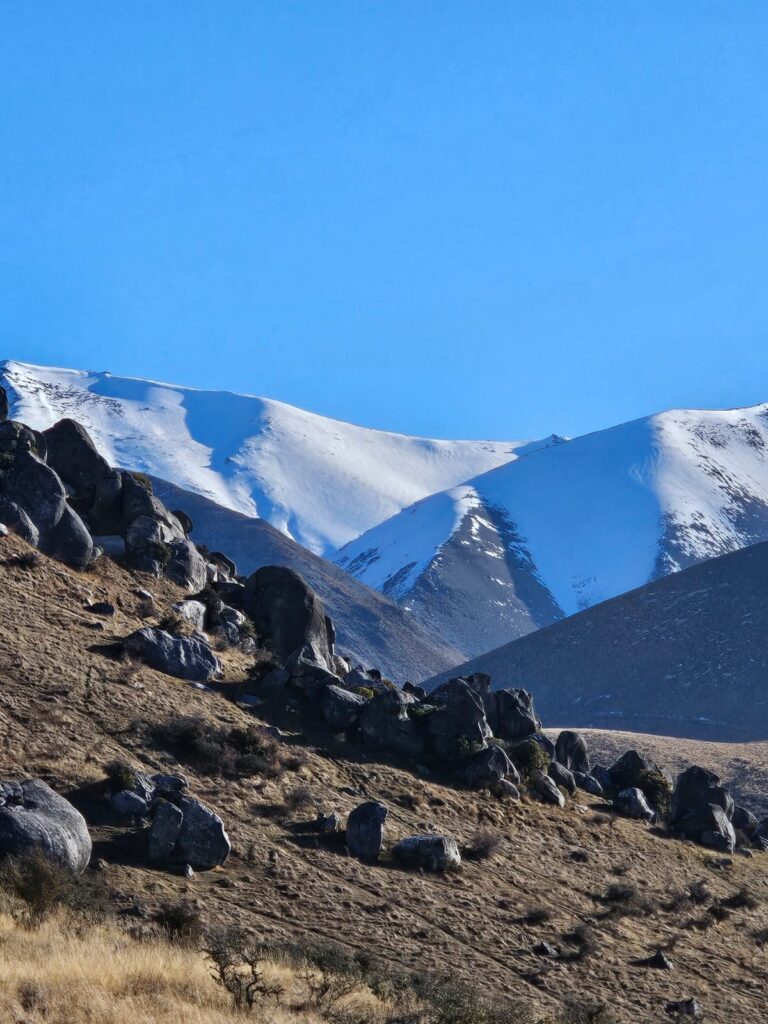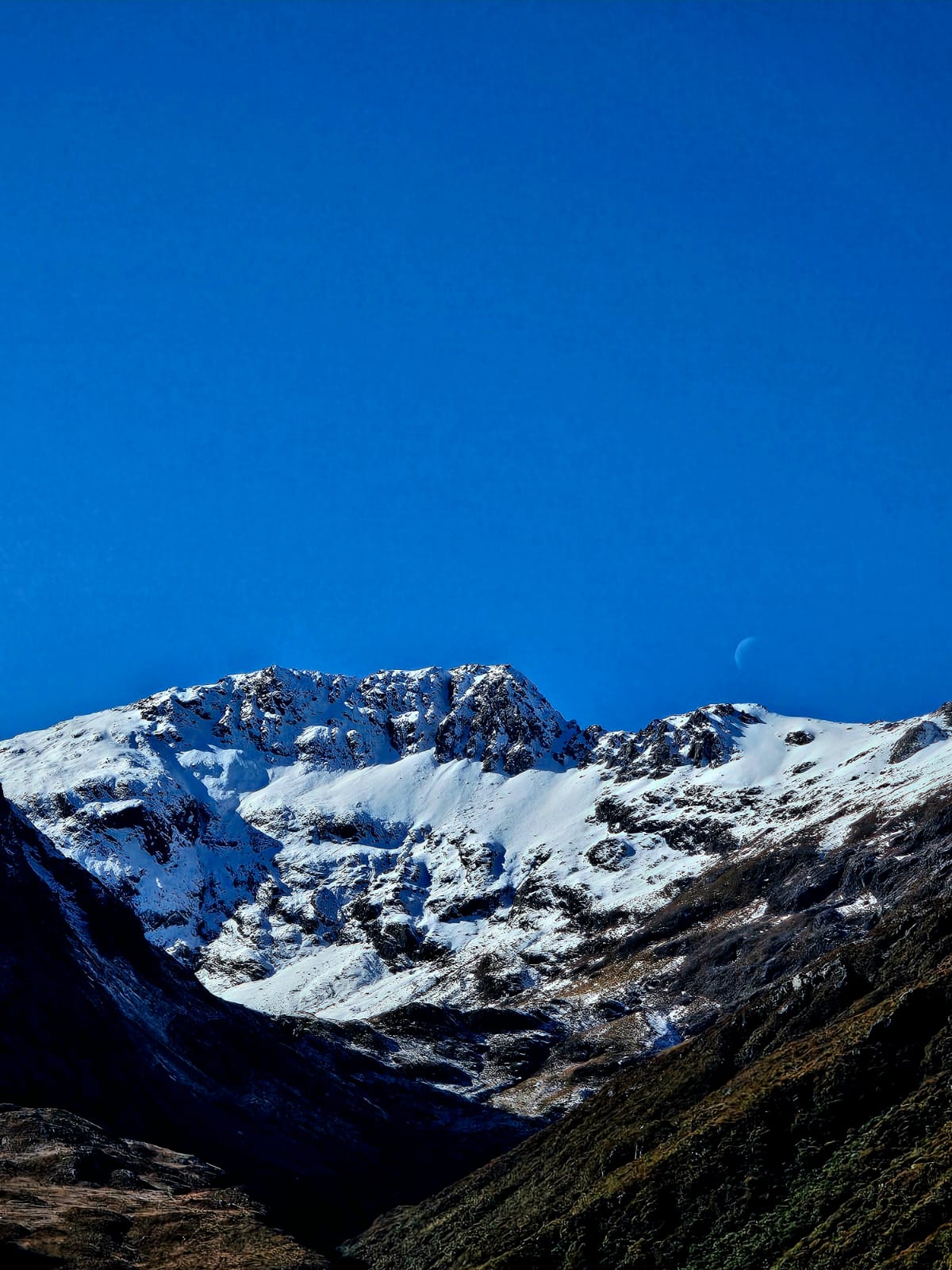Arthur’s Pass is known to most as the gateway to New Zealand’s West Coast and the glacier highway. It is the highway traversing miles of the impassable Southern Alps that bisect New Zealand and further ranges to the north. It is a means to an end. A shortcut. A journey made practical. But on our way through to the West Coast, I came to recognise Arthur’s Pass as a destination in and of itself.
Driving through Arthur’s Pass can only be described as being assimilated into your favourite high fantasy novel. You can imagine what it would be like to wander through untouched landscape and gravel road on horseback. My book-obsessed imagination is, of course, biased to this trail of thought. But it is an exciting trail to embark on nonetheless. Arthur’s Pass exists in a pocket of time that made its alpine valleys and rocky marshes the apt choice for the Lord of the Rings franchise.
In ode to the spirit of time gone by, the custodians of Arthur’s Pass are eager to remind visitors of its local history. The Department of Conservation displays many signs alluding to the pass’ creation during the gold rush to create a link between Christchurch and the gold fields of the West Coast. Arthur’s Pass was once home to the rail terminal station where weary travellers bearing goods could rest on their way to Christchurch.
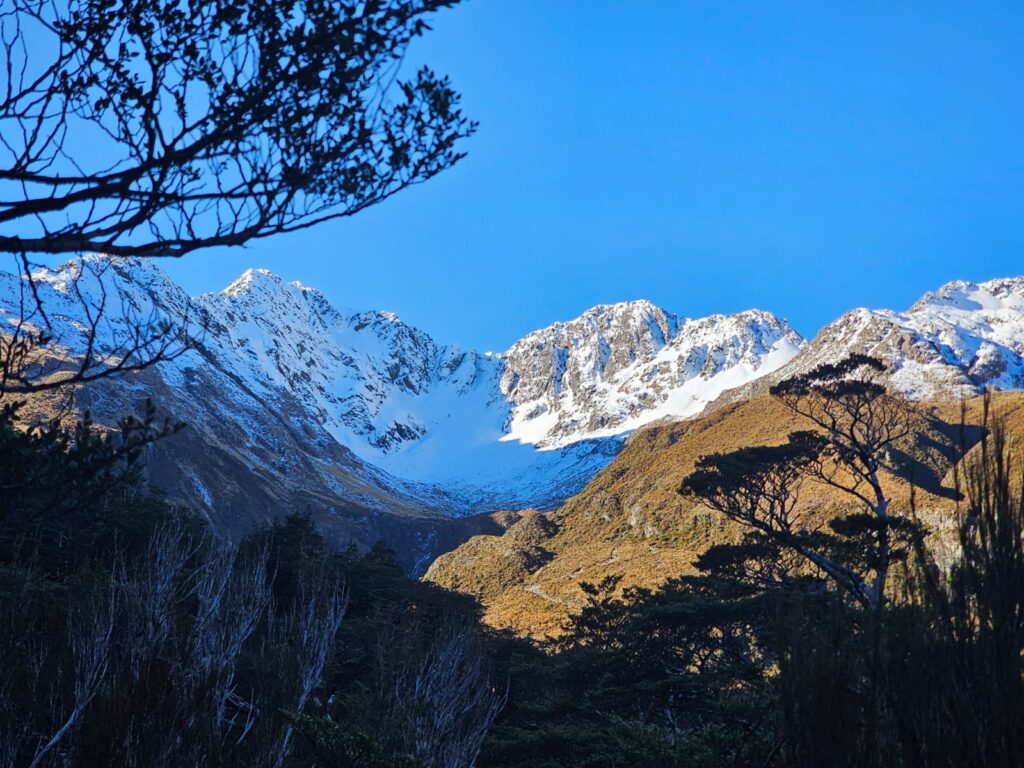
Before Arthur’s Pass was discovered by European entrepreneurs and the industrialisation of Arthur’s Pass village, it was merely a wild valley pass only known to Māori groups. During this time, Arthur’s Pass was home to two remarkable indigenous creatures: the moa and the Haast eagle. The moa is a flightless bird comparable to a modern ostrich, whereas the Haast eagle was a gargantuan eagle unparalleled by modern birds of prey. Since moa were hunted to extinction by Māori settlers, the Haast eagle shortly followed as they lost their food source. This prehistoric habitat really was a worldscape fresh off the pages of a fantasy novel.
The fantastic potential of Arthur’s Pass was certainly not missed by the producers of the LOTR trilogy. Not to mention Arthur’s Pass has an abundance of unique rock formations, the most famous example and film set of The Chronicles of Narnia being Castle Hill. Arthur’s Pass really is a fantasy lover’s imagination made manifest. Despite the major highway running through its valley floor, Arthur’s Pass preserves the feeling of being secluded and untouched as it was hundreds of years before. It is a capsule of a lost time when the wilderness of the natural world outranked hospitality for people.
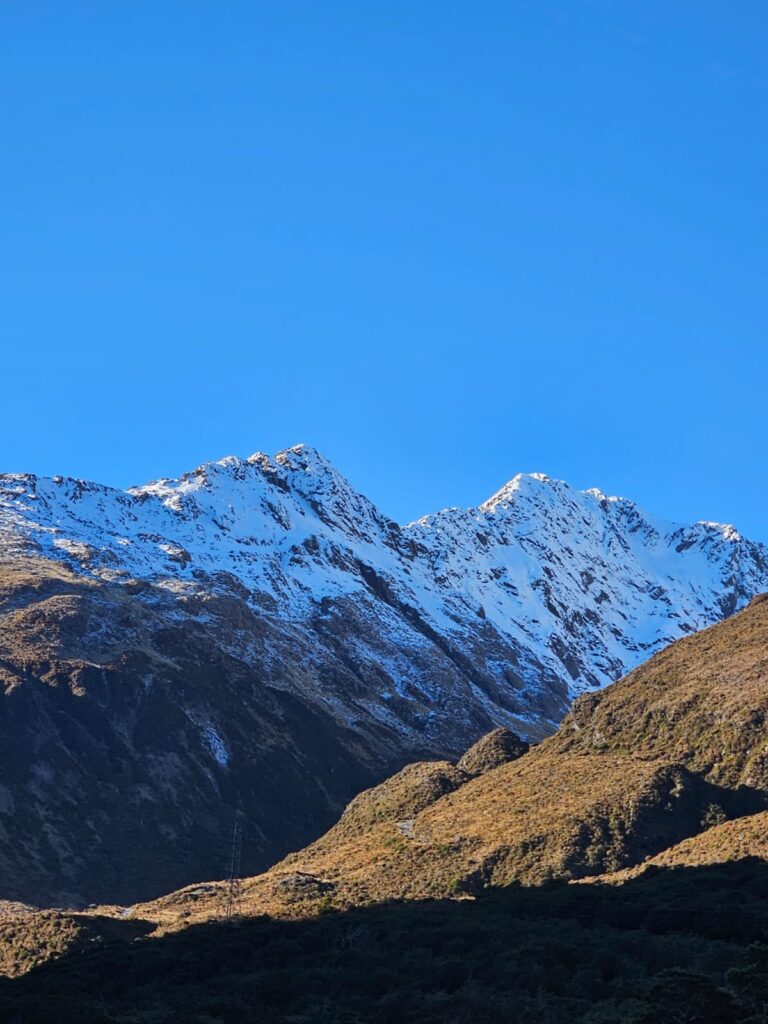
Arthur’s Pass is a road-tripper’s wildest fantasy, with winding roads bridging the Bealey River framed by beautiful peaks. One distinct feature of this entrancing highway is the viaduct, which overlooks Otira Valley. From the road you can also witness the stunning Devil’s Punchbowl waterfall, which peaks out of the vista just past Arthur’s Pass village. But the real magic of Arthur’s Pass manifests when you get off the highway and well-trodden paths. Lesser-known tramps we loved included the Otira Valley and Bealey Valley tracks. Arthur’s Pass can also be admired from altitude on the Bealey Spur Track.
We first visited Arthur’s Pass during a summer storm that lasted 3 days. But the deluge did not dampen the pass’ beauty. Rather, we braved the downpour and decided to tour the underpass of a bridge over the Bealey River, entranced by the power of the water. The strength of the swollen river was truly a sight to behold and well worth the soggy clothing. Our journey was also accented by waterfalls from the surge racing down the cliff faces that frame the road. Our later visit through the pass in winter confirmed to us how much the storm transformed the landscape, with the river at barely half the capacity and no waterfalls in sight. However, the snow-capped mountains certainly added a new dimension of beauty.
Arthur’s Pass is a haven for nature and its lovers, to be enjoyed at any or all times of year. We spent several days enjoying its offerings and still left with the feeling that we barely scratched the surface. Although I suppose miles and miles of unexplored mountains will inevitably do that to a person. But the comforting reminder that natural places on earth still thrive untouched is enough to settle that feeling. Ultimately we left Arthur’s Pass with the feeling that its magic will be preserved for a long time to come.
